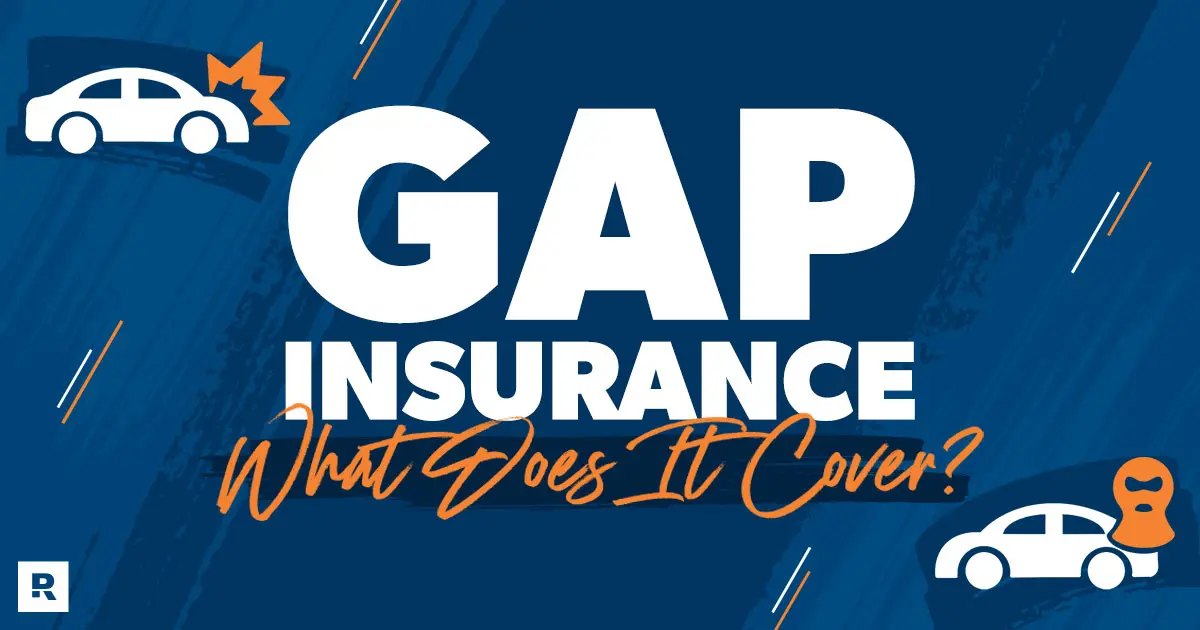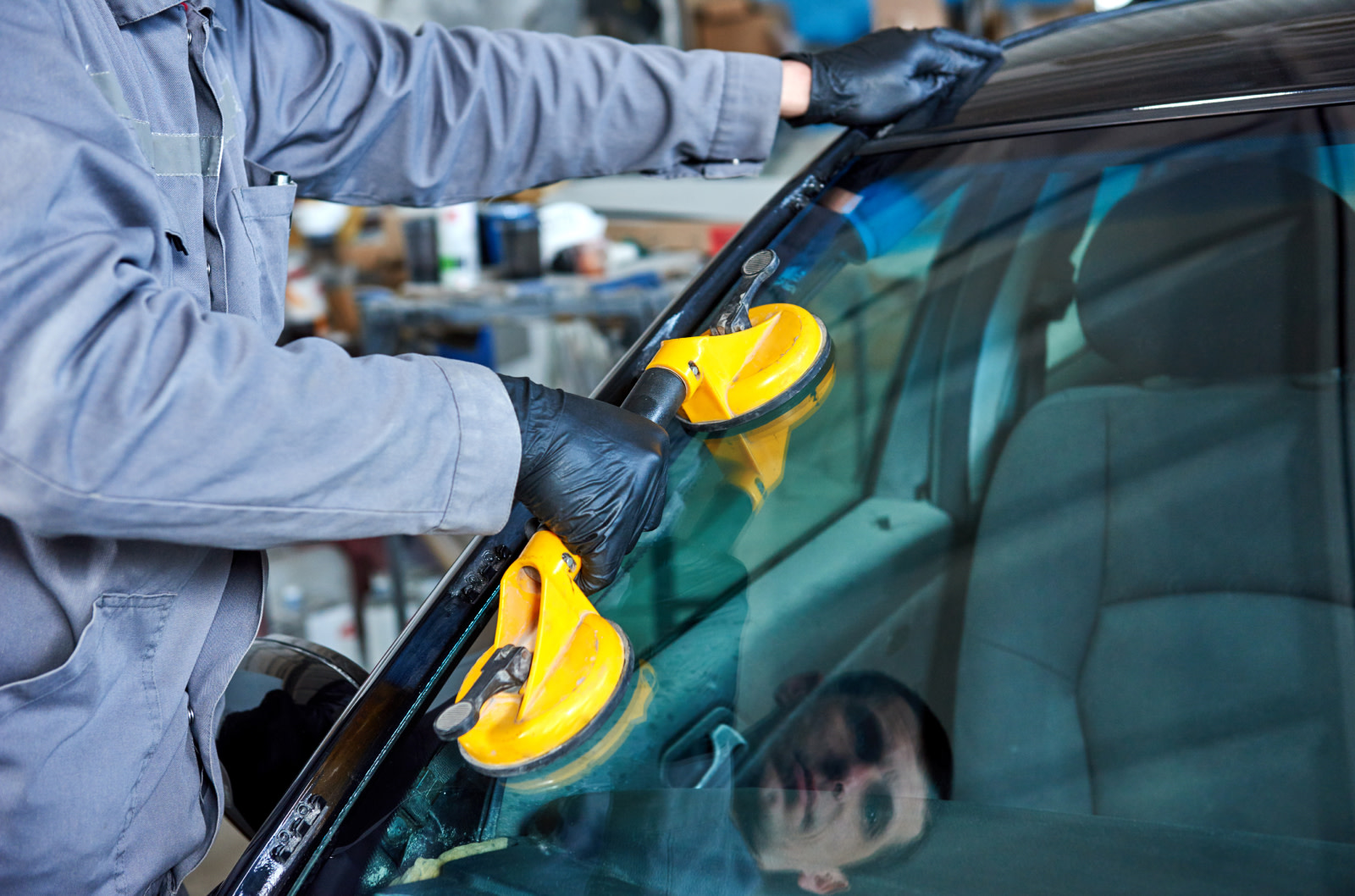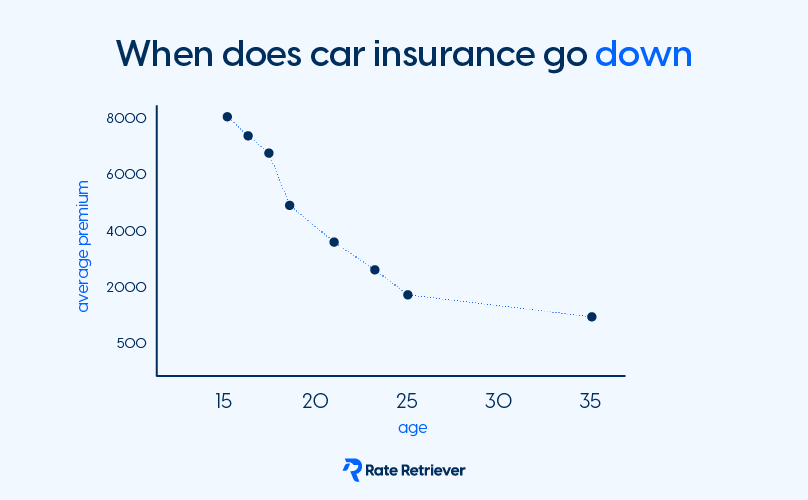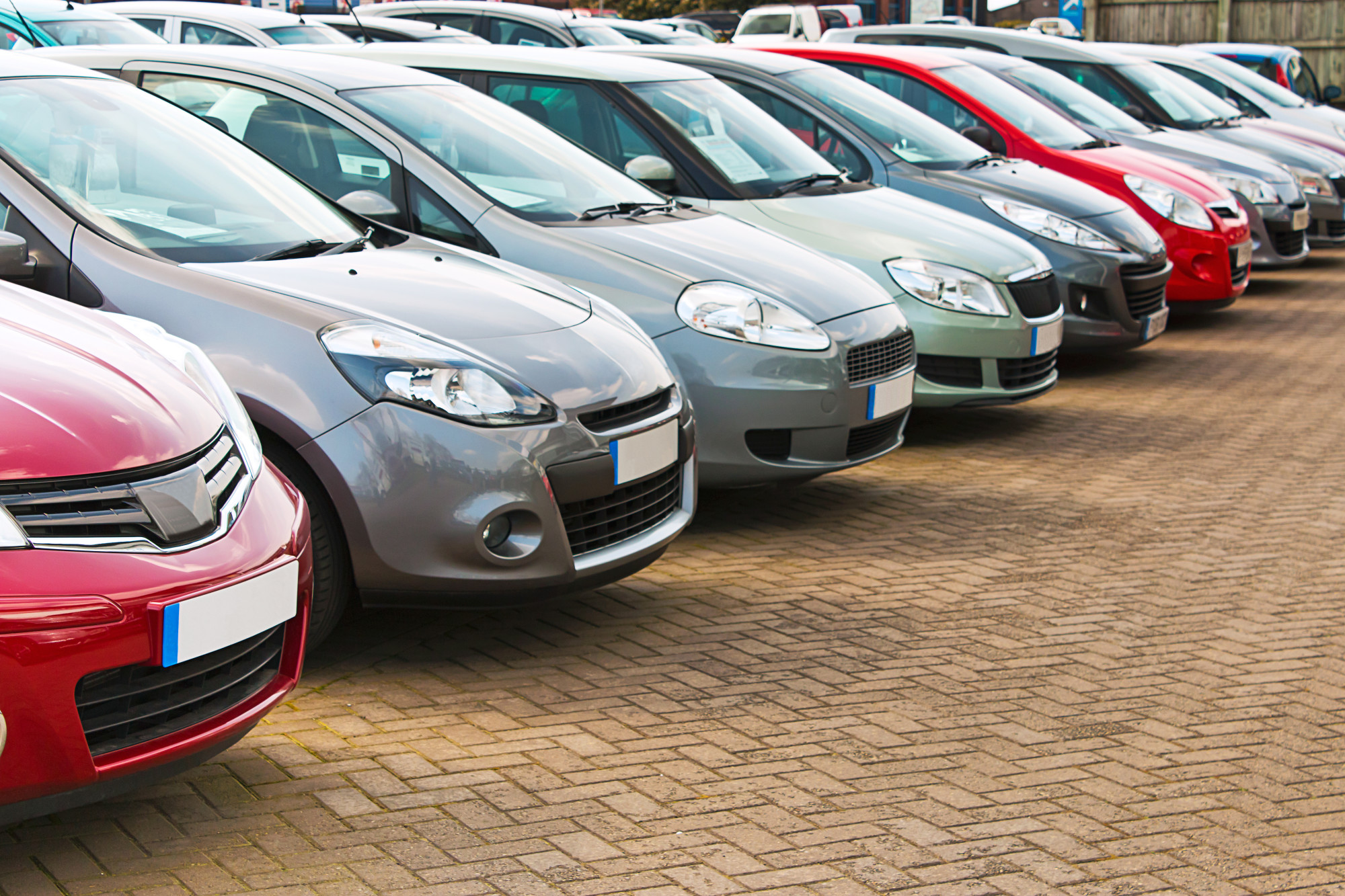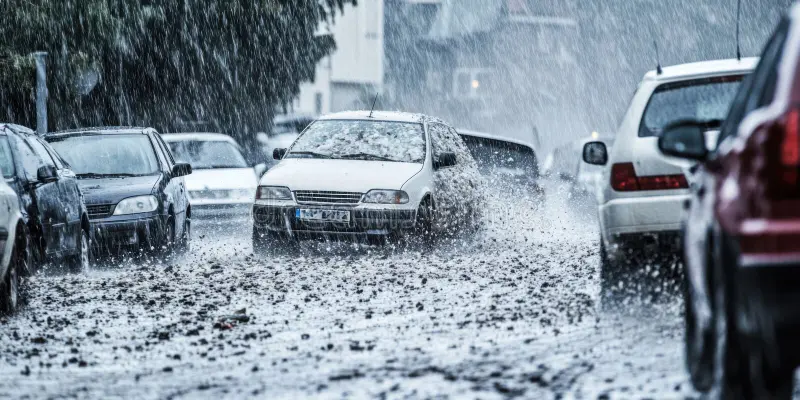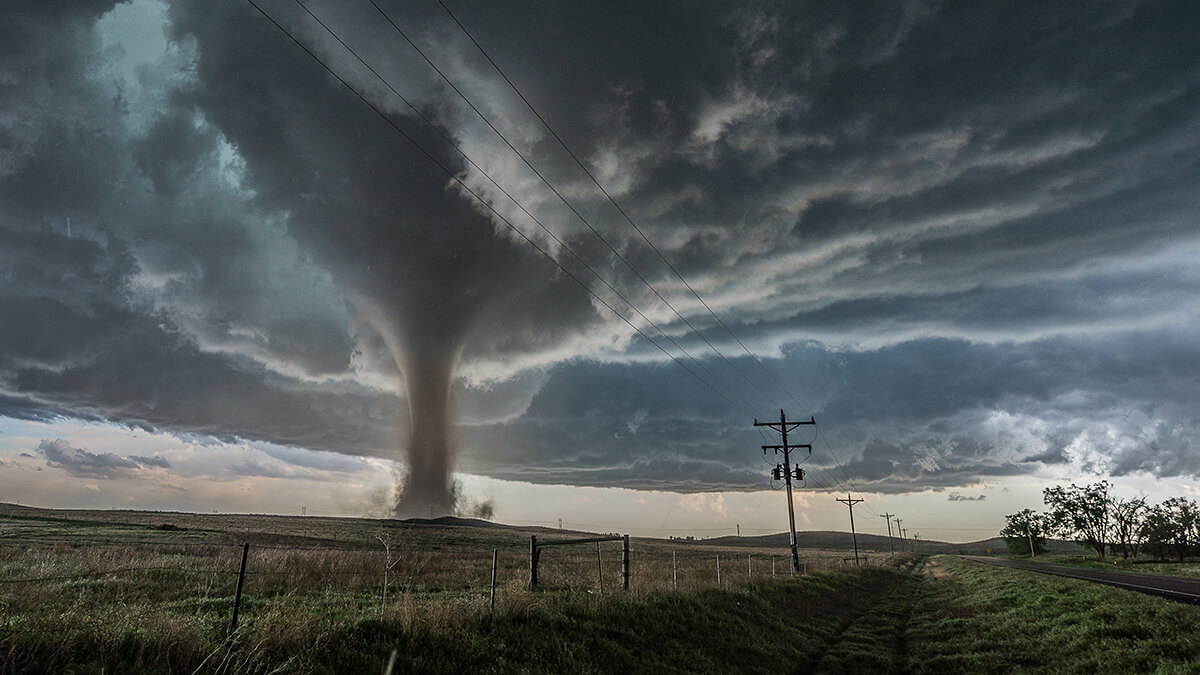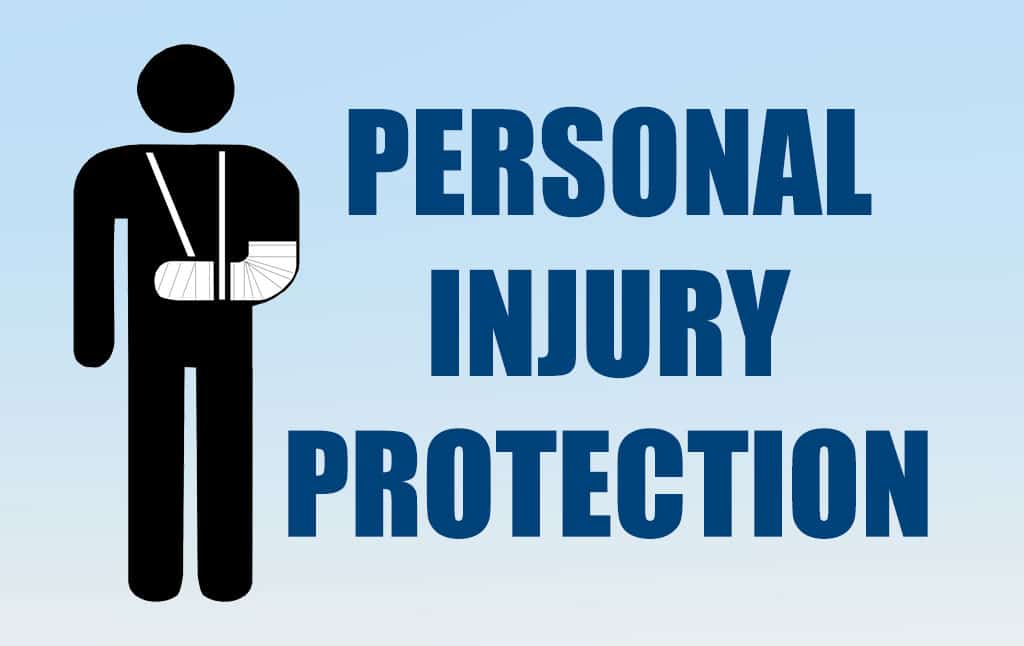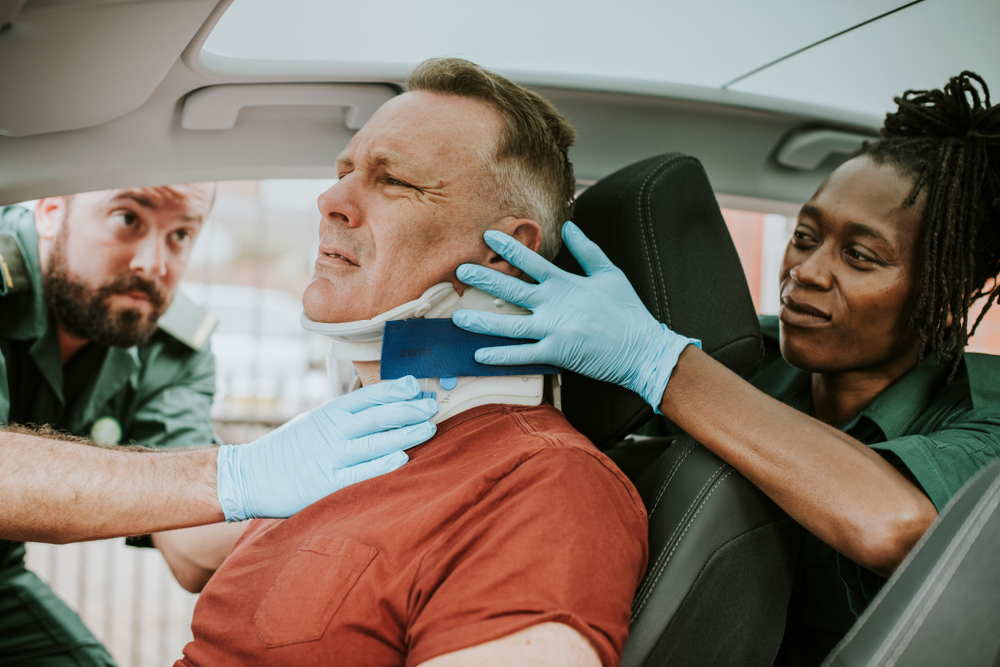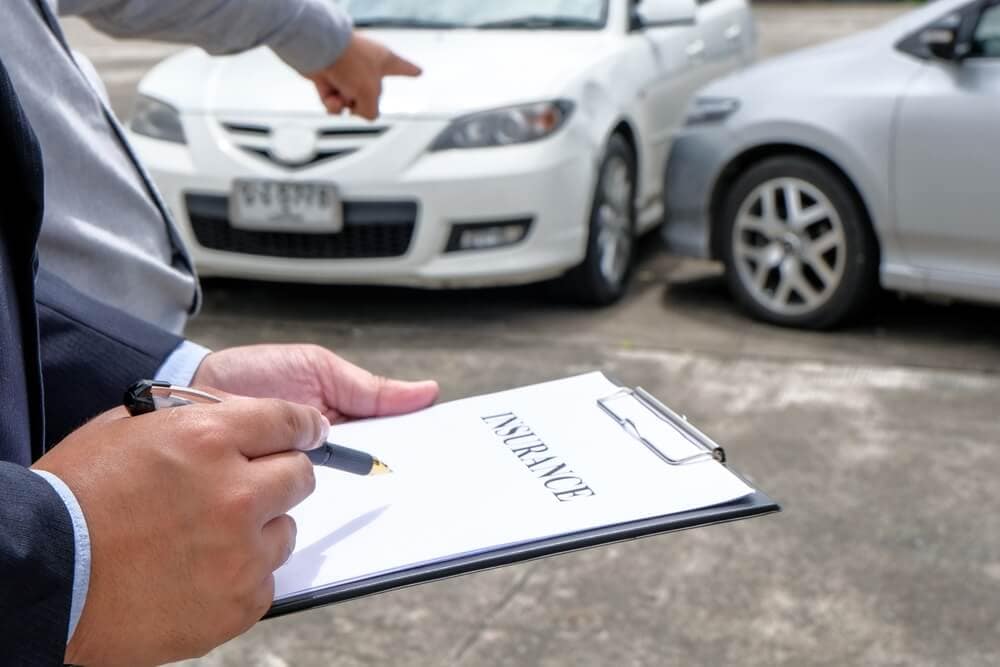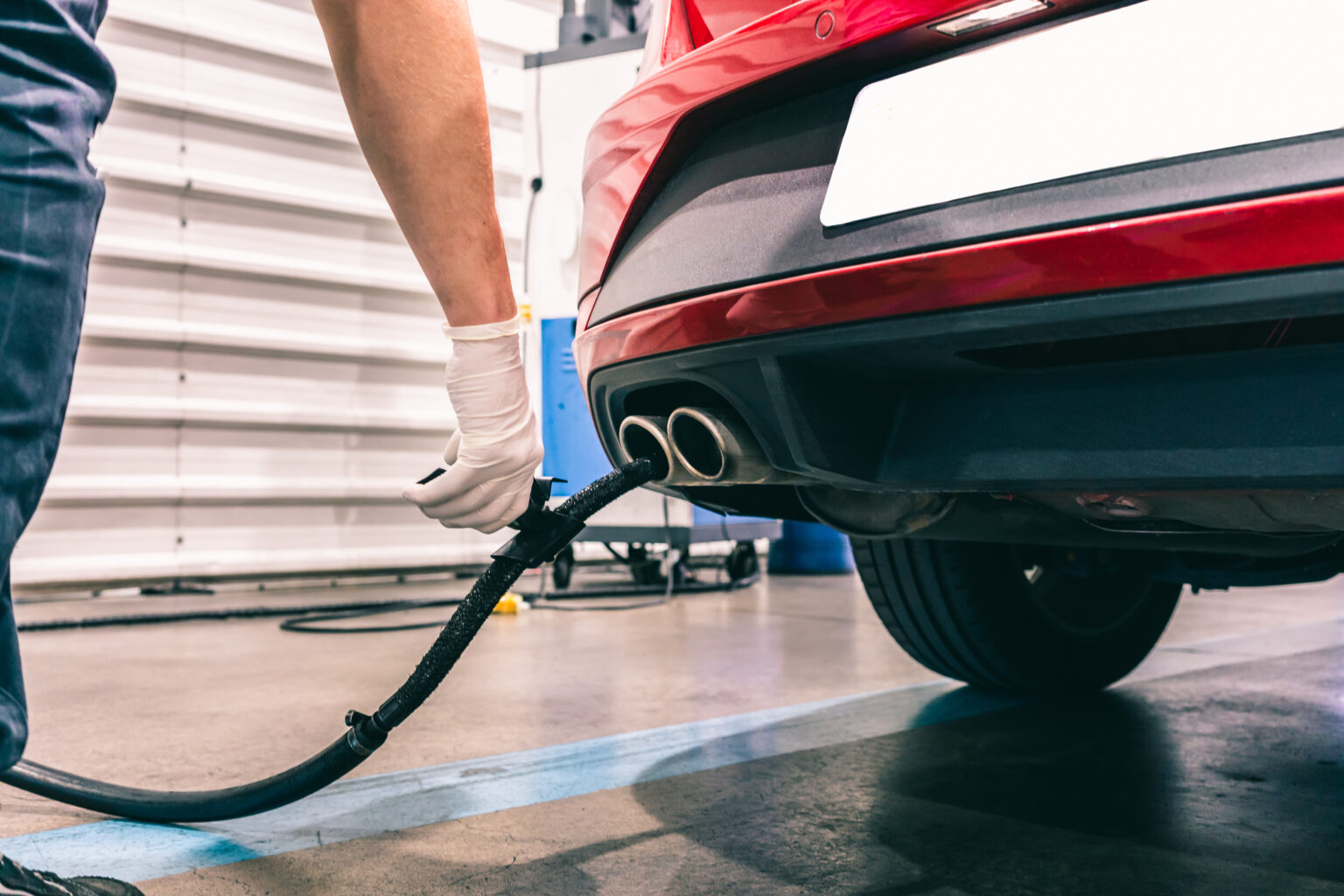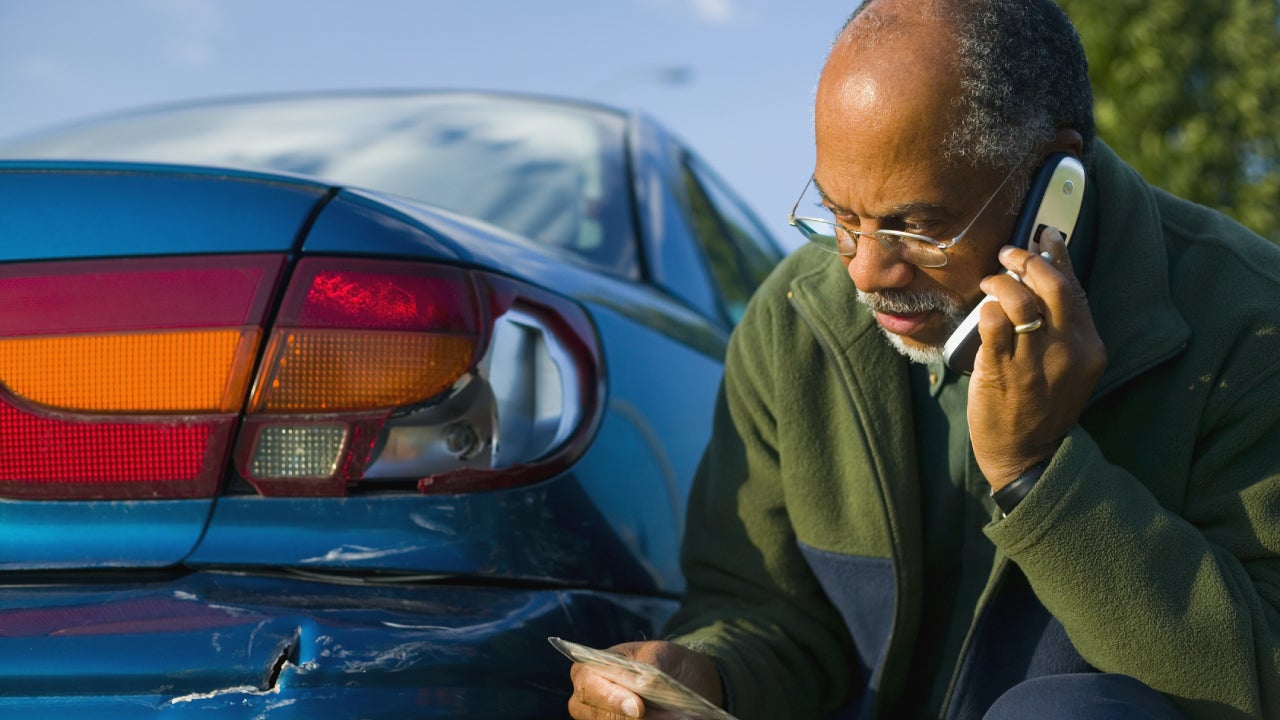If you live in an area that sees heavy snowfall, you’ve probably asked yourself: What are the best vehicles for snow? The answer isn’t just about owning a big SUV or pickup—it’s really about which features your vehicle has to keep you safe and in control.
From all-wheel drive (AWD) systems to snow tires and advanced safety technology, certain features make a world of difference when roads are icy or buried under snow. In this guide, we’ll break down the must-have features, compare different types of vehicles, and share helpful winter driving tips so you can feel more confident when the weather turns bad.
Key Takeaways
- AWD, snow tires, and modern safety tech are the top features for winter driving.
- SUVs and pickup trucks usually perform better in deep snow than smaller cars.
- Vehicle features like emergency braking and blind-spot monitoring add extra layers of safety.
- Driving habits matter as much as your car—smooth acceleration and braking are key in snow.
What Makes a Vehicle Good for Snow?
While size and weight do matter, the best vehicles for snow are equipped with features that help you maintain traction, visibility, and control:
1. Anti-Lock Brake Systems (ABS)
Anti-lock brakes prevent your wheels from locking up so you can continue steering while braking hard on slippery surfaces. ABS has been required on all new cars and minivans since 2012, but if you’re driving an older model, check if it’s equipped.
👉 Learn more from the National Highway Traffic Safety Administration (NHTSA).
2. All-Wheel Drive (AWD)
AWD systems automatically send power to wheels that need it most. This helps when one or more tires lose grip on icy or snow-covered roads. Many modern AWD systems adjust instantly based on road conditions.
3. Snow Tires
Even with the latest safety tech, you won’t get far in snow without proper tires. Snow tires are made with special rubber compounds and tread patterns that grip better on ice and slush.
👉 Check out Consumer Reports’ guide to snow tires for top-rated options.
4. Stability Control
Electronic stability control helps keep your vehicle from sliding out of control when traction is lost. It’s especially useful on icy corners or when swerving.
5. Emergency Braking Systems
This feature detects an impending collision and automatically applies the brakes, giving you a crucial safety net if the road is slick and stopping distances are longer.
6. Blind-Spot Monitoring
Snowstorms reduce visibility, making lane changes tricky. Blind-spot monitoring uses sensors to detect vehicles you might miss and sends a warning.
7. Headlight Wipers & Heated Mirrors
These small but useful features improve visibility by keeping headlights and mirrors free of snow and ice buildup.
Winter Driving Tips That Make a Difference
Even the best winter-ready vehicle won’t keep you safe if your driving habits don’t match the conditions. A few quick reminders:
- Avoid sudden braking or acceleration. These can cause your vehicle to skid.
- Increase following distance. It takes much longer to stop on snow and ice.
- Keep a winter emergency kit. Include blankets, food, water, and a shovel in case you get stuck.
👉 For a full list, check the AAA winter driving tips.
SUVs vs. Cars in the Snow
So, is a car or SUV better in the snow? It depends.
- SUVs: Heavier and higher off the ground, SUVs are great for deep snow. But their extra weight can make them harder to stop, and their higher center of gravity increases rollover risk.
- Cars: Smaller vehicles may skid more easily and struggle in deep snow, but they’re lighter and easier to stop on icy roads.
👉 Bottom line: It’s less about the type of vehicle and more about whether it’s equipped with AWD and snow tires.
Pickup Trucks in the Snow
Pickup trucks can handle snow well thanks to their weight, height, and large wheels. But here’s the catch: if weight isn’t distributed evenly—like carrying too much in the bed or front cabin—handling can get tricky.
For best results, balance weight in the truck bed to improve traction.
AWD vs. 4WD: Which Is Better for Snow?
Both all-wheel drive (AWD) and four-wheel drive (4WD) improve traction, but they work differently:
- AWD: Automatically sends power where it’s needed. Great for everyday drivers.
- 4WD: Often requires manual engagement but shines in deep snow or off-road conditions by locking all wheels to move together.
👉 If you mostly drive on plowed roads, AWD is enough. If you live in a rural area with frequent deep snow, 4WD may be worth it.
Final Thoughts: Choosing the Best Vehicle for Snow
When it comes to the best vehicles for snow, there isn’t a one-size-fits-all answer. An SUV or pickup might give you an edge in deep snow, but even a sedan can be safe if it’s equipped with AWD and proper snow tires. Add in features like stability control and emergency braking, and you’ll be much better prepared for whatever winter throws your way.
At the end of the day, the smartest investment you can make is not just in your car—but in good snow tires and safe driving habits.




